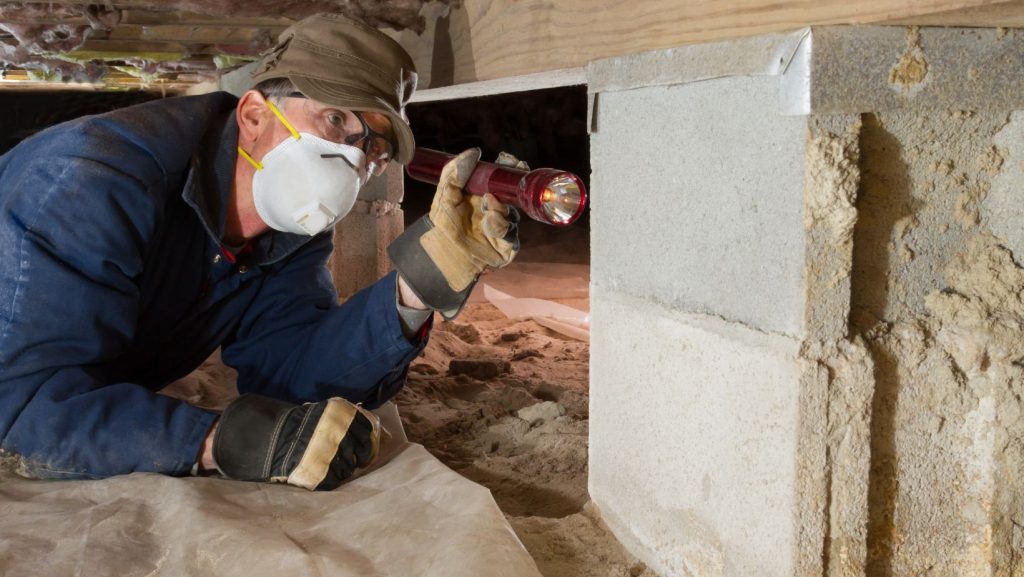
Termites can cause significant damage to your property if left unchecked. That’s why it’s crucial to be proactive in preventing these destructive pests from taking over your home. With the right approach and a few simple steps, you can protect your home from termite infestations and save yourself from costly repairs down the line.
By implementing effective strategies, you can safeguard your property and enjoy peace of mind knowing that you are protected against termite bites.
Stay tuned to learn how you can safeguard your home and enjoy peace of mind knowing that your property is termite-free.
Understanding Termite Behavior
When it comes to termite infestation, understanding termite behavior is crucial. Termites are social insects that live in colonies with specific roles for each member. Here are some key points to remember:
- Worker termites are responsible for foraging for food, building and repairing the nest.
- Soldier termites protect the colony from predators, such as ants.
- Queen termites are the reproductive center of the colony, laying eggs to sustain the population.
Termites feed on cellulose, found in wood and plant materials, making them a threat to your home’s structure. They can enter your home through cracks as thin as a credit card, seeking moisture and food sources.
To effectively prevent termite infestations, it’s crucial to address moisture issues, seal entry points, and schedule regular inspections to detect early signs of termite activity.
Identifying Early Warning Signs
When dealing with termite infestations at home, recognizing early warning signs is key. Here are some indicators that could signal a potential termite problem:
- Mud tubes: Keep an eye out for pencil-thin mud tubes on walls, ceilings, or wooden structures, as termites use them for traveling and protection.
- Discarded wings: Finding discarded wings around your home could indicate a termite swarm, where reproductives have mated and shed their wings.
- Hollow-sounding wood: Tap on wooden surfaces to check for a hollow sound, which could mean that termites have damaged the interior of the wood.
- Cracked paint: Peeling or cracked paint on walls or wooden surfaces may be a sign of termite activity beneath the surface.
- Small holes: Tiny holes in wood or drywall can indicate the presence of termites, particularly worker termites.

Being vigilant and recognizing these signals early can help prevent extensive damage from a termite infestation.
Implementing Preventative Measures
When it comes to stopping termite infestations at home, being proactive is key. Here are some effective strategies I recommend implementing:
- Reduce moisture: Keeping areas in and around your home dry can help deter termites, as they are attracted to damp environments.
- Fix leaks promptly: Addressing any water leaks in plumbing or roofs can prevent moisture buildup that attracts termites.
- Seal entry points: Sealing cracks and crevices in your home’s foundation and walls can help keep termites from entering.
- Use termite-resistant materials: Choosing wood treated to resist termites or using alternative building materials can be a proactive measure.
- Regular inspections: Conducting routine inspections for signs of termites can help catch infestations early on.
By implementing these preventative measures, you can protect your home from potential termite damage and avoid the headaches that come with dealing with infestations.
Professional Termite Treatment Options
When facing a severe termite infestation, seeking professional termite treatment is often the most effective solution. Here are some common professional termite treatment options that can help eradicate termites and protect your home:
- Termite Fumigation: Strongly recommended for severe infestations, this method involves tenting the entire house and using gas to eliminate termites.
- Termite Baiting Systems: These systems use baits containing slow-acting toxins that termites carry back to their colonies, effectively wiping out the entire population.
- Liquid Termite Barrier: A chemical barrier is applied around the perimeter of the house, creating a protective zone that repels termites.
- Wood Treatment: This involves injecting insecticides directly into infested wood to eliminate termites and prevent future infestations.
- Heat Treatment: Effective for localized infestations, this method involves raising the temperature in the infested area to lethal levels for termites.

I’ve experienced that professional termite treatments are highly specialized and best handled by trained professionals. It’s crucial to consult with licensed pest control professionals to determine the most suitable treatment option for your specific situation.












